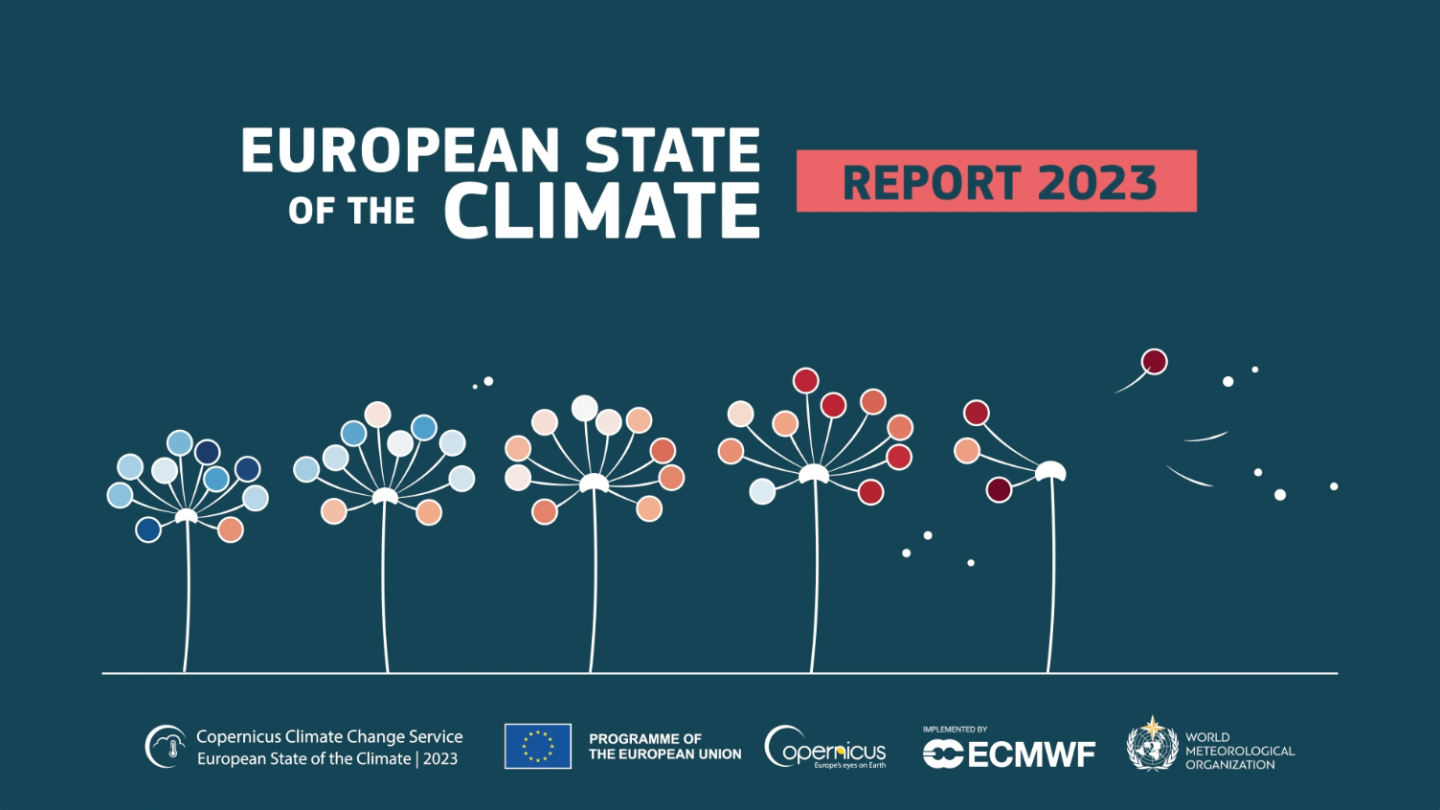European State of the Climate Report
In 2024, Europe recorded its warmest year ever. The European State of the Climate report brought into light stark contrasts between eastern and western regions. Eastern Europe faced extreme dryness and record warmth. In contrast, western Europe experienced warmer but wetter conditions. This warming trend was not uniform, with southern and eastern regions suffering the most. Only Iceland and parts of Greenland reported cooler temperatures. Overall, 45% of days were warmer than average.
Temperature Trends Across Europe
The average temperature in Europe rose to 2.4°C above pre-industrial levels. Svalbard, an archipelago in the Arctic, recorded summer temperatures that exceeded previous highs by 1°C. This marked Svalbard’s third consecutive record warm summer. The Arctic region as a whole was the third warmest on record.
Sea Surface Temperatures and Precipitation
In 2024, sea surface temperatures in Europe were 0.7°C above average. The Mediterranean Sea saw an even higher increase of 1.2°C. These temperatures are crucial for understanding energy exchanges between the ocean and atmosphere. Precipitation patterns varied . Western Europe experienced one of its wettest years since 1950, while eastern Europe faced drier conditions.
Extreme Weather Events and Flooding
2024 witnessed the most extensive flooding since 2013. River flows exceeded high flood thresholds in 30% of Europe’s river network. July recorded the longest heatwave in southeastern Europe. The Universal Thermal Climate Index indicated a 3.3°C rise above average, affecting public health due to increased night-time temperatures.
Wildfires and Climate Impacts
Wildfires ravaged parts of Europe, with Portugal alone losing 110,000 hectares in a single week. This destruction impacted over 42,000 individuals, denoting the severe consequences of climate change.
Adaptation and Future Outlook
The World Meteorological Organization emphasised the need for adaptation to climate impacts. They stressed the importance of strengthening early warning systems and climate services. As temperatures rise, the urgency for collective action increases.
Month: Current Affairs - April, 2025
Category: Environment Current Affairs







